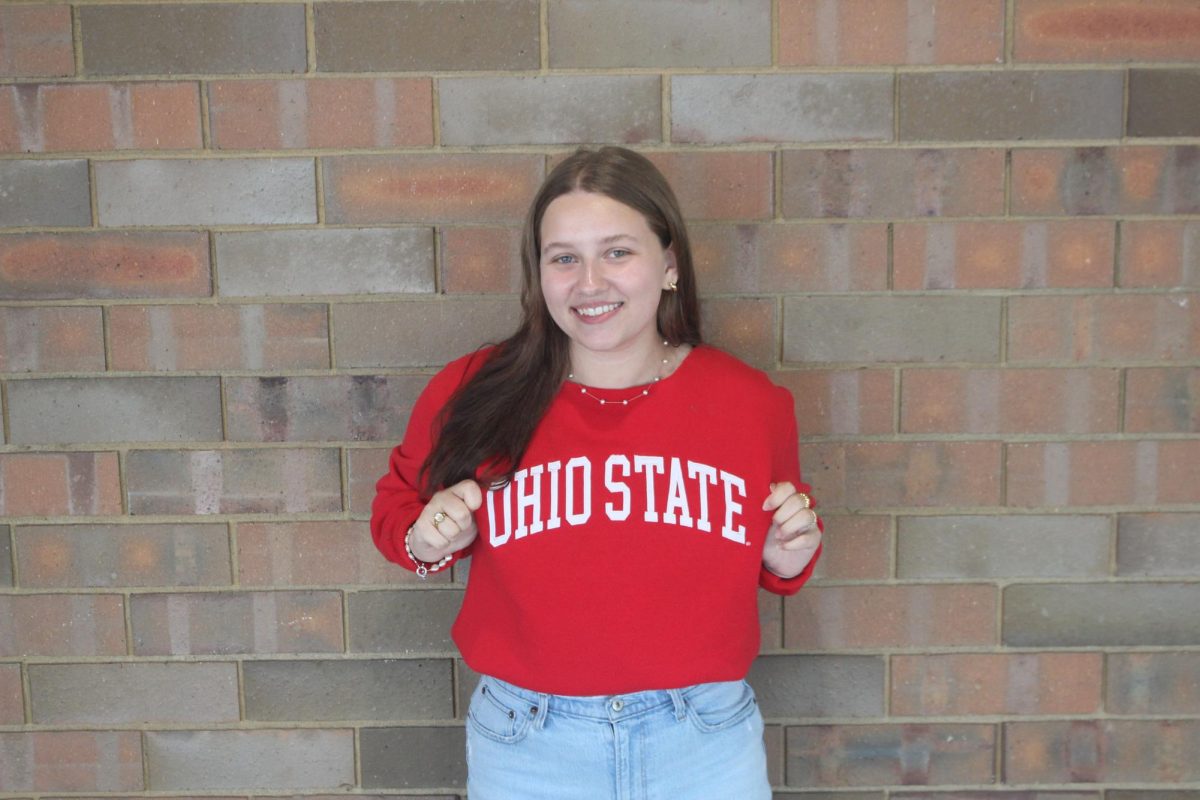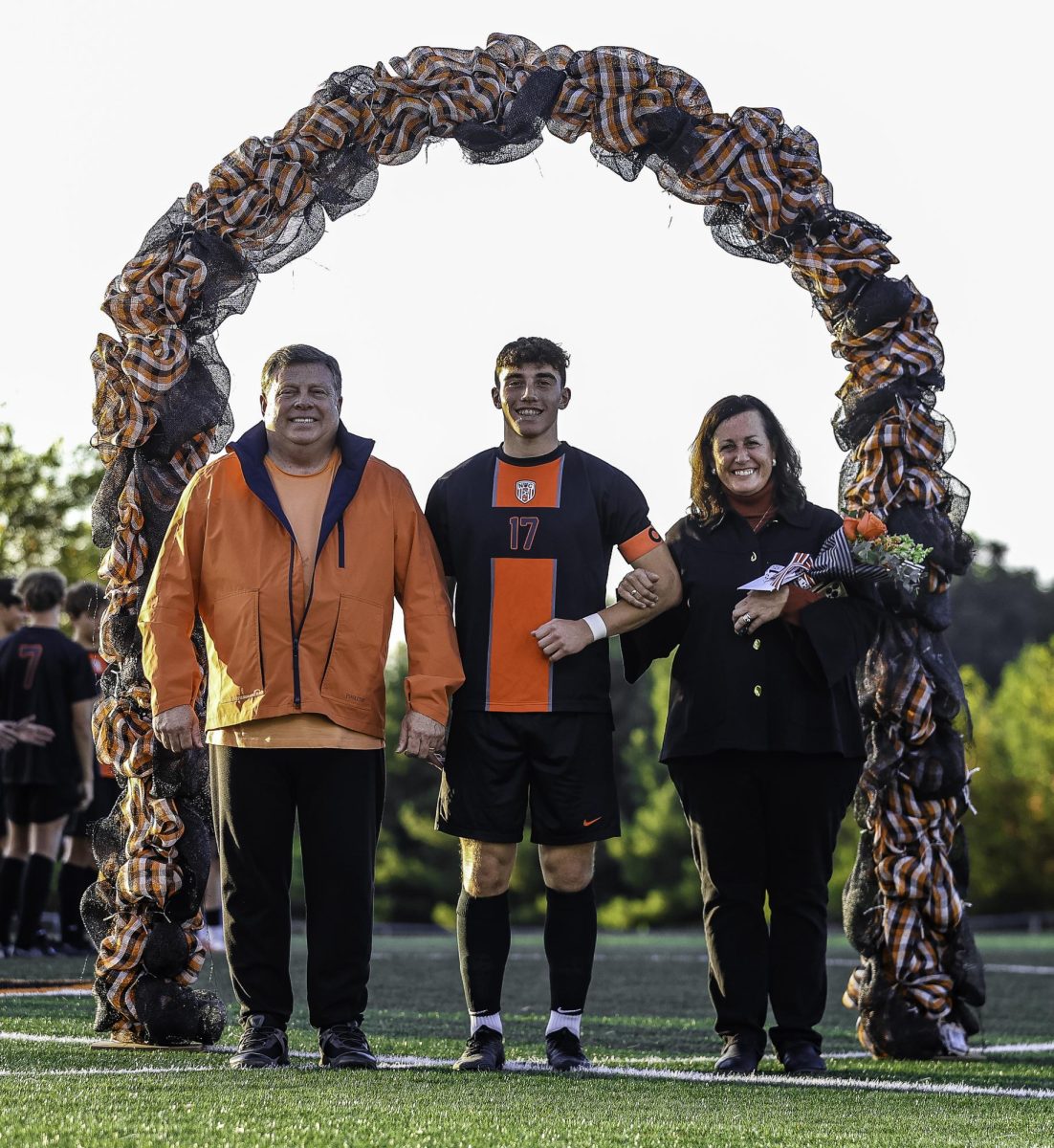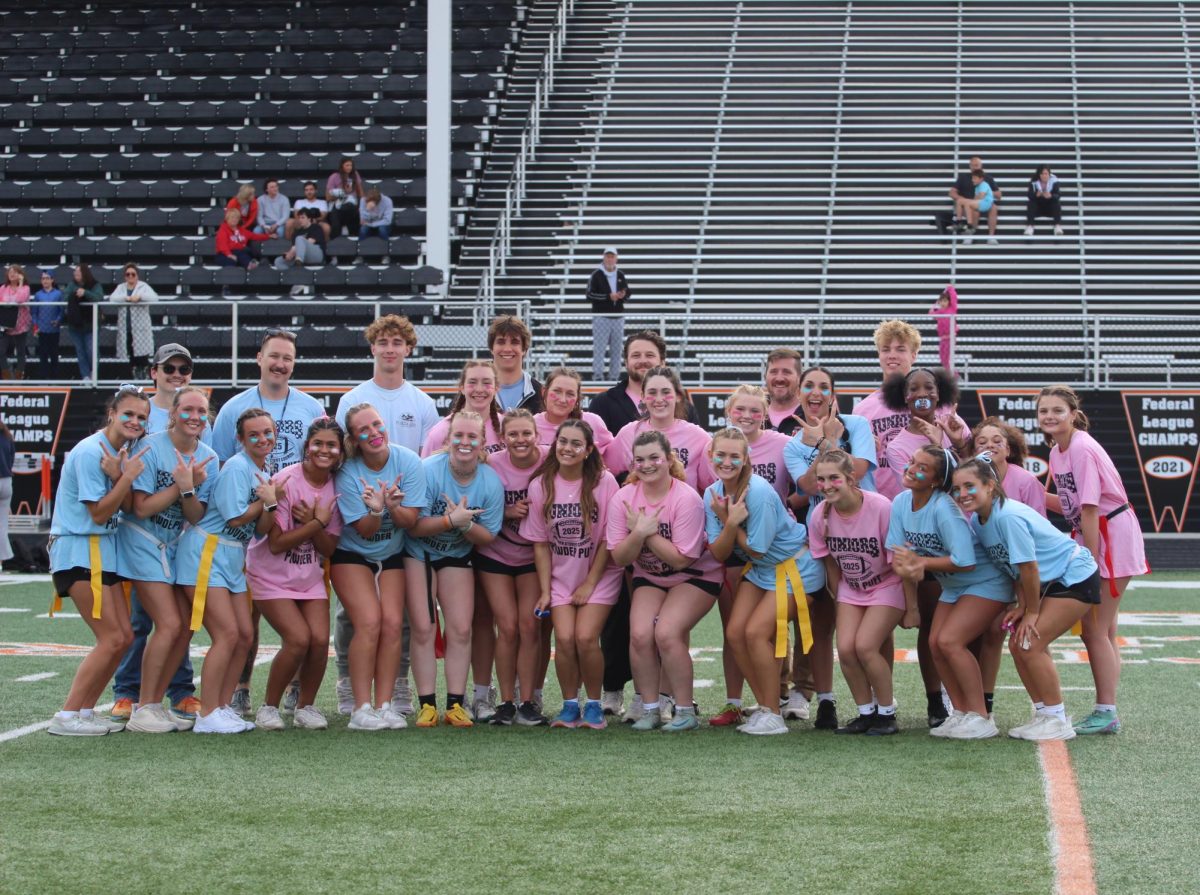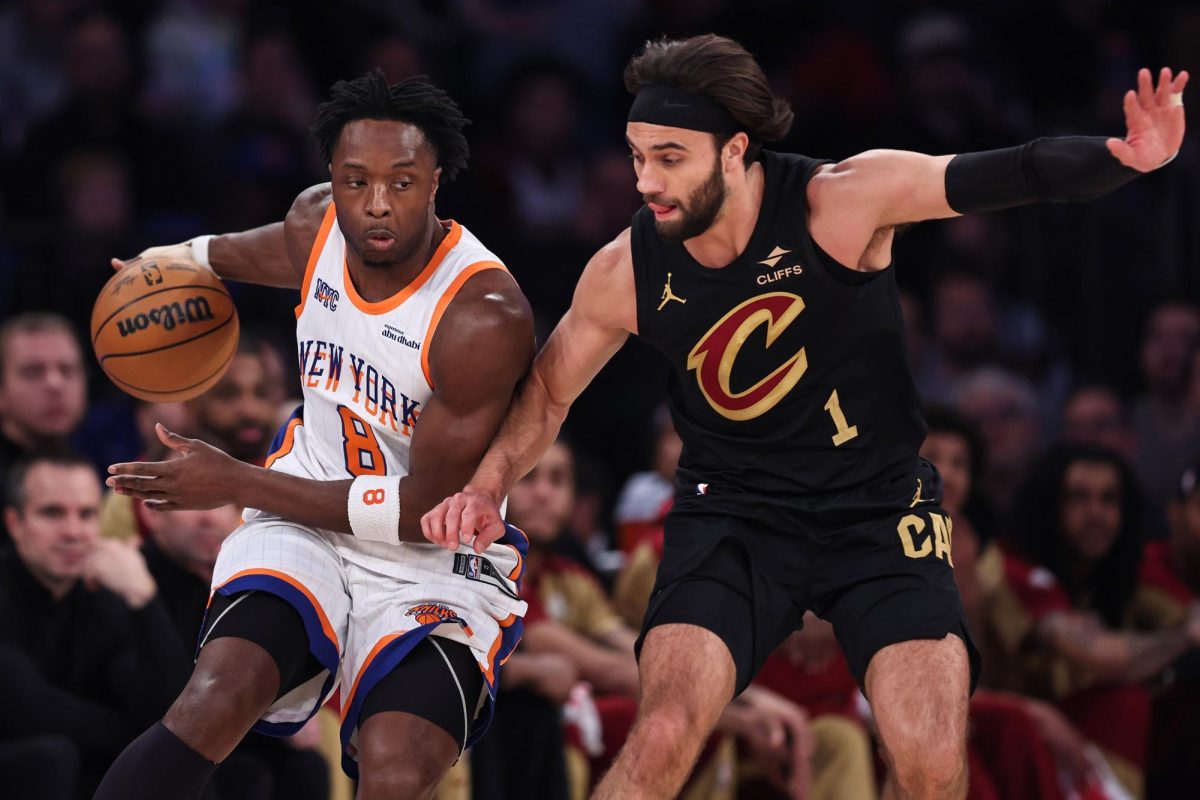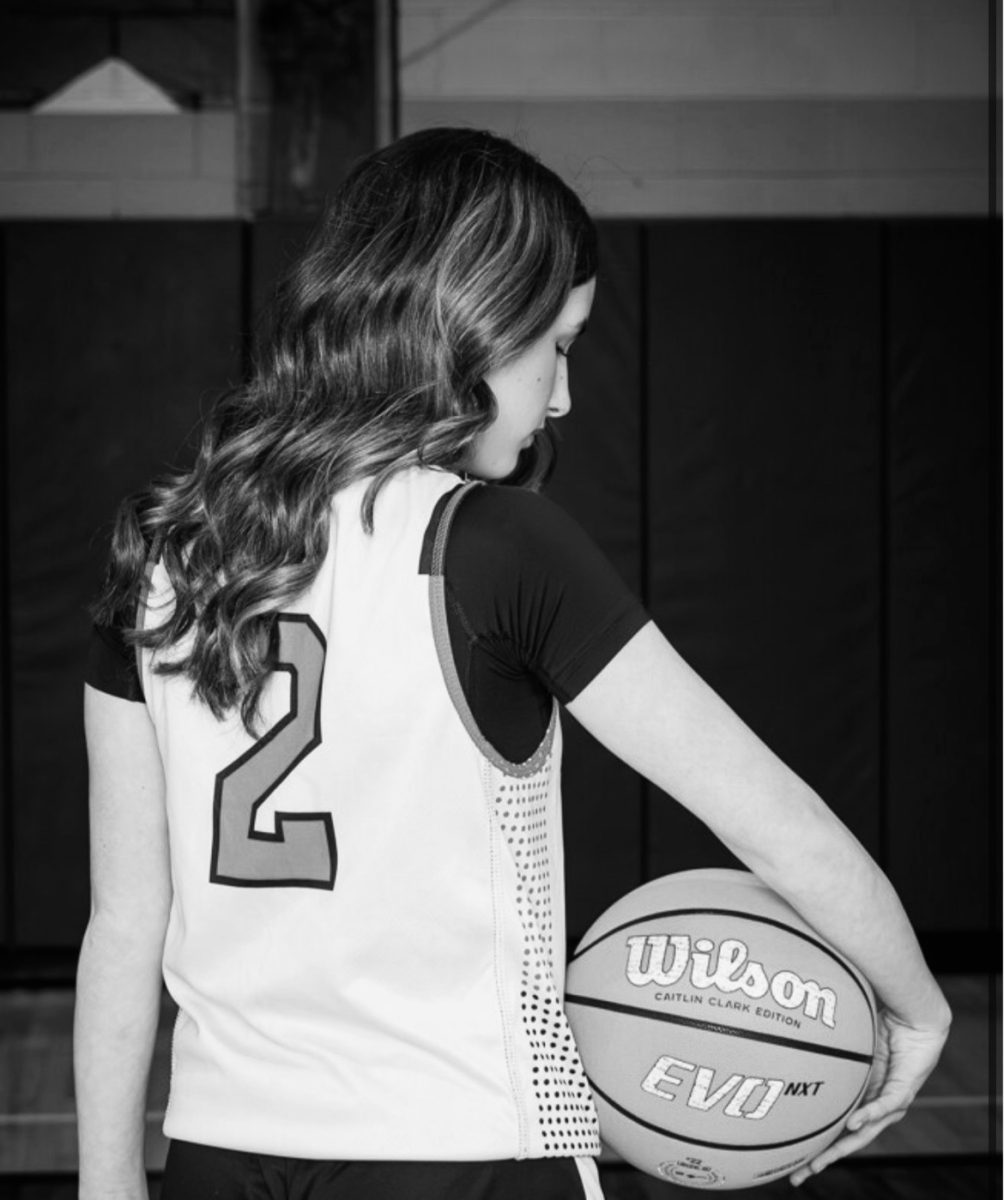Annually, Ohio State University holds its Spring Game. The Ohio State football team divides and becomes two teams, the Scarlet and the Gray, to hold a friendly and fun football game. On April 13, the Spring Game was televised for the first time with more than 80,000 people in attendance. The light-hearted game included student and fan-involved activities as well as a performance from The Ohio State band.
The final score was 34-33 with the offensive scarlet team taking the win. This game gave fans the opportunity to see the new players Ohio State gained from the transfer portal such as Will Howard. Will Howard was a quarterback at Kansas State University before he entered the transfer portal and transferred to Ohio State.
The transfer portal is an online database that student-athletes can put their name into to declare their desire to transfer schools. Howard isn’t the only Portal newcomer who played their first game (albeit unofficial) in a Buckeye uniform. Caleb Downs who is a safety who previously played for Alabama, Quinshon Judkinds who is a quarterback who used to play for Ole Miss, and former Alabama quarterback Julian Sayin, also found new homes at Ohio State through the useful although controversial transfer portal.
One of the good things about the transfer portal is that it makes it possible for student-athletes in bad situations to change schools. It also allows students who simply just want to change school, to do so. For example, if a student goes to a college to play football because of a coach and the coach quits or retires, students can put their name into the portal to transfer to follow that coach or play for a different coach or team.
While the transfer portal does help students and teams, it can also make competition in college sports harder. The transfer portal does not guarantee a player’s spot anywhere though. Let’s say player number one has just come through the portal and joined a team as a quarterback. Player number two who is also a quarterback sees that player number one has just been accepted through the portal. Player number two thinks they could be a better choice, and they enter the portal. If player number two comes in as the new quarterback, player number one can’t enter the portal for another year. If this is player number one’s last year in college, they could be stuck on a team possibly not getting a lot of playtime like they initially thought when they would be.
While competition in sports is not unknown and not necessarily bad, sometimes it could make the game of football slightly unfair. If one team is known to be the best football team, of course, many students would likely want to go play for that school. If that school is continuously gaining amazing players, they will eventually become harder to beat and possibly even unbeatable.
Along with this, when schools are recruiting, If given the choice between an 18-year-old high school recruit with no college playing experience, or a 23-year-old college student with playing experience under his belt, the more likely choice would be to go with the more experienced player.
So what if a student enters the transfer portal and gets no offers but wants to continue playing?
If this happens students are back in the same position they might have been in right out of high school. Players have to reach out to college coaches at the schools they believe they would have the best chance of earning scholarships at.
At the end of the day, college football is a competitive sport. Without the traditional rivalries and the hard competition, football would not be how it is today. The transfer portal is just another method that is trying to keep the sport competitive, but it may go too far.

